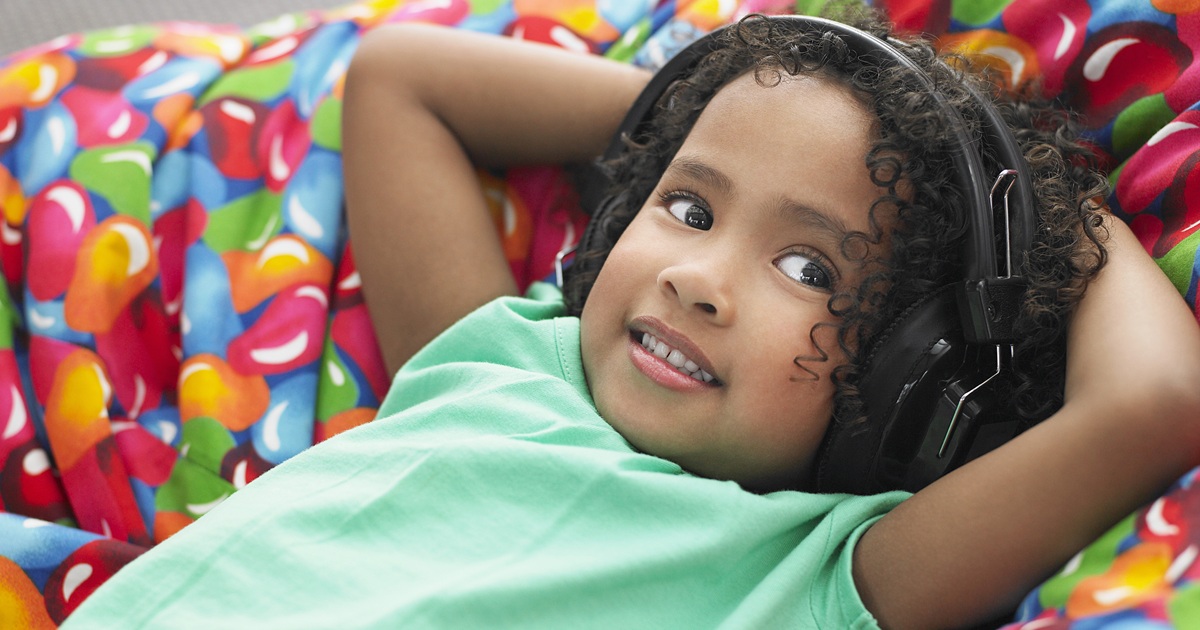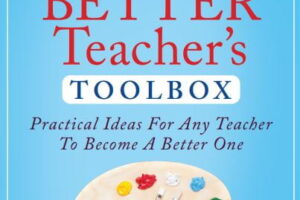
Teacher-Approved Calm Down Corner Ideas
51
Elementary students come with big feelings, and they’re still learning how to manage them. That’s why a calm down corner is an essential part of any classroom setup. This safe space doesn’t need to take up a lot of room to have a big impact on your students. Browse calm down corner ideas for decor, activities, and sensory tools, plus discover the key benefits these spaces bring to students and classrooms alike.
How to Build a Calm Down Corner
A calm down corner is a safe, designated space where a student can pause, process emotions, and practice self-regulation. It’s not a punishment, but a supportive tool. And it’s one of the best classroom management strategies for elementary.
When creating a calm down corner in the classroom, start with the location.
- Choose a quiet spot away from distractions like pencil sharpeners, doors, or turn-in bins.
- Lighting also matters: Soft, calming light or light covers work best (think fairy lights).
- Keep the space and decor bright enough for visibility but gentle enough to help students settle their emotions.
Once you’ve got your area picked out, it comes down to finding the appropriate mix of decor, activities, and sensory supports that fit your students and your space.
Calm Down Corner Ideas for Decor
Decorate your space with soft, cozy decor. Some items that add comfort or calming strategies include:
- Soft rug
- Oversized cushions
- Bean bag chairs
- Small foam sofa
- Tactile pillows (like sequined pillows)
- Stuffed animals
- Posters and guides in pastels or earth tones
Calm Down Corner Kit – Strategies, Posters, Social Story and Guides for Behavior
By NoodleNook
Grades: Not specific
This bundle has everything you need to set up a calm down corner, including posters, activities, strategies, and more. It also includes reflection tools and teaching supports, like logical consequences guides and a take-home sheet.
Calm Down Corner Sign and Printable SEL Posters for Special Education
By Adapted by Kimmie D
Grades: PreK-2nd
Stock your space with posters and printables that cover recognizing emotions, self-talk phrases, and regulation techniques in calming blue tones. Calm down corner ideas like these give children clear visuals of what’s expected and the steps they can take to regulate.
Include calm down activities and strategies for kids
Along with comfortable, calming decor, you’ll want to include some quiet, relaxing activity options to help soften strong emotions. Calm down activities will look different depending on your classroom. In PreK, students benefit from visuals with minimal words or fidget tools for distraction. Older elementary students may need more thoughtful options like journals. They can also use check-in prompts to explore emotions at a deeper level.
Calm Down Corner Strategies for Classroom Management & Social Emotional Learning
By Just Reed
Grades: PreK-2nd
Included in this comprehensive package are calm down choice cards, yoga cards, tracing cards, emotion cards, and breathing exercises. It also includes a feelings check-in card and a clickable list of SEL materials.
Self-Regulation Coping Skills for School Spinner Craft: Use in Calm Down Corner
By WholeHearted School Counseling
Grades: K-5th
Get pre-made spinners and game templates for teaching students to self-regulate. It also comes with line art for coloring and a breathing board.
Calm Down Corner Spanish and Bilingual
By Hola Bilinguals – Dayana
Grades: PreK-2nd
Available in Spanish for multilingual learners, this resource has labels, posters, and sensory cards. You’ll also get 11 yoga poses and 17 breathing exercises, along with two pages of breathing techniques.
Calming Strategies Visual Cards and Poster for Calm Down Corner
By Amy Murray – Teaching Exceptional Kinders
Grades: K-2nd
Featuring all the cards you need for a calming corner, you get access to bounce on a ball, listen to music, wall pushes, and think happy thoughts strategy cards. The printables are available in color and black and white.
Stock it with sensory items
Activities and strategies help students get the most out of your calm down corner, but some also need tactile or auditory tools to regulate. Along with calming colors, coloring books, and timers, consider adding these to your sensory-friendly classroom.
- Wobble seats
- Stress balls
- Calming music
- Playdough
- Noise-reducing headphones
- Fidget toys
- Balance disks
- Different fabric textures
- Breathing apps
- Stretch bands
Customize must-haves for different age groups
Every classroom is its own mix of personalities and needs. When thinking about calm down corner ideas, it’s important to match them to your grade level.
Use more pictures and structured activities for younger students
Young learners are just beginning to build letter and sound skills, so their calm down corner works best with strong visuals and simple activities. Use picture-based guides for breathing techniques or feelings charts with emojis to help them identify if they’re mad, sad, or something in between. Add plush toys or small blankets for comfort, and keep activities short and concrete, like bubble breathing or tracing shapes with a finger.
Support upper elementary students with hands-on tools and options
By third and fourth grade, students have outgrown some calming tools, but they still need structure in their calming corner. Instead of only visuals, use check-in charts with both words and pictures, along with a wider range of emojis to help them name specific feelings.
Calm down corner ideas for this age group include sentence starters for positive self-talk and short reflection sheets with guiding prompts. You can also give them more independence through choice cards, like “take a walk” or “do a stretch.” At this stage, students often respond well to hands-on tools such as stretchy putty or other tactile fidgets.
Prepare older students with long-term tools
At this age, the calm down corner functions as a true self-regulation station with mature tools for reflection and emotional control. Stock it with notebooks and pencils for journaling, along with positive affirmation cards that students can write about. Replace simple posters with QR codes linking to breathing apps or mindfulness exercises, and include calming strategy posters with clear wording. Choice cards can guide regulation strategies like journaling or listening to music. Providing access to calming music also gives students a way to rest and reset.
Teach students how to use the calm down corner
Calm down corner signs and decor set the tone for the space, but they aren’t enough on their own. Students need clear guidance on how to use the corner. Emphasize that it’s not a punishment, but a tool for managing emotions.
- Set Clear Expectations: In the first days of class, explain the ground rules for when and how the space should be used.
- Role-Play the Process: Practice using strategies and activities, so students can see what self-regulation looks like in action.
- Reinforce it as a Learning Tool: Show that the calm down corner is just like pencils or paper, something that supports learning.
- Establish Time Limits: Use timers so the corner stays focused on regulation, not play.
- Check in Afterward: Talk with students about what worked, what didn’t, and which techniques helped them reset.
Recognize the benefits for classroom management and SEL
According to recent research, students who can regulate their emotions are better equipped to learn. A calming corner supports that growth and offers even more benefits for social and emotional learning.
- Teaches Mindful Practices: Strategies learned here can be used both in and out of the classroom.
- Reduces Classroom Disruptions: Students can step away, regroup, and return ready to focus.
- Builds Independence: Activities and tools empower students to regulate without relying on an adult.
- Supports Emotional Growth: Helps students recognize disruptive feelings and practice healthy ways to manage them.
- Creates a Safe Environment: Validates emotions while giving students a space to process them.
- Normalizes Unpleasant Emotions: Reinforces that everyone experiences difficult feelings, and that it’s okay.
Create a calming space for students with TPT
Creating a calm down corner is more than carving out a space in your classroom — it’s about building a spot where students can learn to regulate and de-escalate their emotions. A calm down corner needs to be taken into account when you’re configuring your classroom organization. Explore calm down corner resources on TPT to give your students a safe space to experience emotions.
Source link









